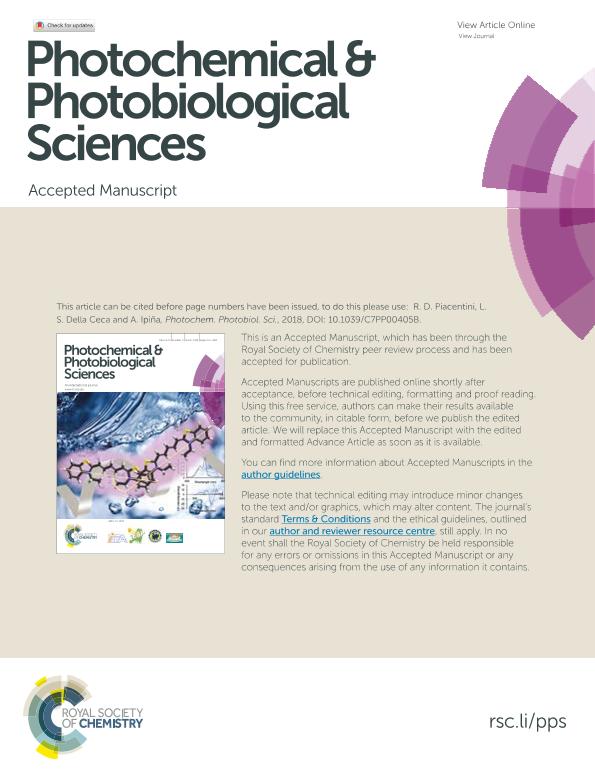Artículo
Climate change and its relationship with non-melanoma skin cancers
Fecha de publicación:
09/2018
Editorial:
Royal Society of Chemistry
Revista:
Photochemical and Photobiological Sciences
ISSN:
1474-905X
Idioma:
Inglés
Tipo de recurso:
Artículo publicado
Clasificación temática:
Resumen
Climate change is affecting both the environment and human behaviour. One significant impact is related to health, as detailed in the IPCC 2014 report. In the present work, and as a contribution to this commemorative special issue to Prof. Dr Jan van der Leun, we present the results of the squamous (SCC) and basal-cell carcinoma (BCC) incidence change in relation to the ambient temperature increase. This increase is produced by global warming, mainly induced by anthropogenic atmospheric emissions of greenhouse gases. We have broadened a previous study conducted by van der Leun et al. (Photochem. Photobiol. Sci., 2008, 7, 730-733), by analysing the effective carcinogenicity of UV dose, for the period 2000-2200 and four climate change scenarios (called RCP2.6, RCP4.5, RCP6.0 and RCP8.5). The corresponding percentage increases of the incidence of SCC for 2100 are 5.8, 10.4, 13.8 and 21.4%, and for 2200 they are 4.3, 12.1, 19.0 and 40.5%. In a similar way, the percentage increases of the incidence of BCC for 2100 are 2.8, 4.9, 6.5 and 9.9% and for 2200 they are 2.0, 5.8, 8.9 and 18.2%. We report the SCC and BCC percentage effective incidence results as a function of time, for the whole 21st century and we extended the analysis to the 22nd century, since people possibly affected (like the Z and T generations, born at the beginning of this century) will have a life expectancy extending up to the final decades of the present century and even to the first ones of the next century.
Palabras clave:
squamous and basal cell carcinoma
,
climate change
,
temperature
,
radiation
Archivos asociados
Licencia
Identificadores
Colecciones
Articulos(IFIR)
Articulos de INST.DE FISICA DE ROSARIO (I)
Articulos de INST.DE FISICA DE ROSARIO (I)
Citación
Piacentini, Ruben Dario Narciso; Della Ceca, Lara Sofia; Ipiña Hernandez, Adriana; Climate change and its relationship with non-melanoma skin cancers; Royal Society of Chemistry; Photochemical and Photobiological Sciences; 17; 12; 9-2018; 1913-1917
Compartir
Altmétricas




